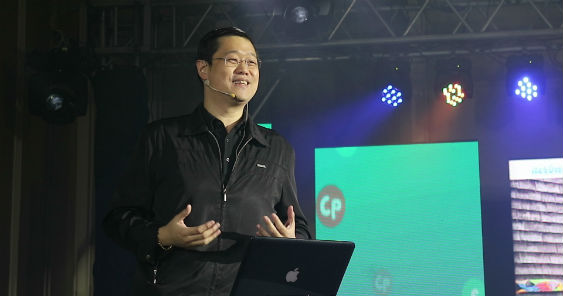Marketers today are being told about the shift away from paid advertising to content marketing. Storytelling is the new norm, and successful brands are brands that tell stories that engage their audiences. Digital is the new normal and that necessitates a digital marketing plan. New software and platforms are convincing marketers to listen more to their audiences on social media, that measurements of digital success are anchored on better metrics such as likes and engagement rates rather than statistical viewership or readership numbers, and that the programmatic platform will soon rule over all media. All these are not incorrect, but so is saying that the sun will still shine for the next 365 days. Rather than expanding on the obvious, let me place my next five bets for 2017.
Influencers doing well on traditional platforms should not be used for digital engagement
How many times have we seen brands and agencies asking celebrities and talents that they used for their traditional execution like television or print advertising to tweet or post on Instagram as part of the package? True, some of these celebrities have hefty following on social media. However, we have seen that real engagement comes from people who have started with digital first. We have seen how Youtubers gain more views and engagements when they post, mainly because they live and die on the digital platform. They create content that is purely digital because they do not know how to create content anywhere else. That is why people flock to them: because the digital audience looks for authentic digital content, not digital extensions of an above-the-line content execution, or social media postings that are part of a commercial that aired on television. People listen to influencers who have made their mark on digital, because they are digital natives to begin with.
Context, not content
Videos are not the future of content. More branded videos were created last year on the assumption they were more engaging. But the future is definitely not social content. Obsession with tweets and posts are becoming a thing of the past, because marketers cannot convince their CEOs how all of that can be attributed to sales.
2017 will be the year that data trumps creativity. I’m not saying that creativity is not important, but data driven creativity will become the norm. Briefing creative people will become different, because you do not tell them the brand problem and expect a creative big idea. Now, show them data and historic numbers, and tell them to create multiple creative executions for multiple customer segments. Now add an additional layer of back-up content so new content is brought in every time the numbers go down, and you have the foundation of content that is contextual: every minute, every occasion, for every single person. Content is queen. Context is now king.
Everyday content trumps viral content
Use everyday relevant content to engage consumers instead of a massive one-time viral content. Consumers are not looking for the next ice bucket challenge. So why are marketers asking their agencies to create one? Even today, many brands still use the ALS ice bucket challenge as benchmark for asking agencies to create content. It is true that the campaign resulted in worldwide awareness for ALS advocacy, and contributed to millions in donations. The activity was good and people really enjoyed the challenge and the act of challenging their friends. However, brands and agencies should not be too obsessed with viral campaigns that tickle the audiences once in a blue moon. Focus on technologies and experiences to drive conversations every day, rather than funnel your energies into that one big bang. It is better to have meaningful conversations with your friend every day rather than be remembered because you dumped something ice cold at them one time and then disappeared.
Programmatic, meet native
Programmatic advertising is not the future; it is the present and will soon be replaced by programmatic content. Look at it as programmatic 2.0, where banner ads are not hot anymore, as people learned to tune out and navigate around advertising, even if the advertising is targeted to their past digital behavior. Thus, programmatic content will take a more center stage, as native advertising becomes the norm and revenue driver for publishers and PR practitioners. Before, a branded article or a video, released on a publisher site, is nothing unless it is boosted. You cannot even get decent views unless you use social media to drive eyeballs. Moving forward, articles and videos will be tagged and targeted to relevant eyeballs, making wide reach less of a focus, and targeted reach more important.
Not storytelling. Storymaking.
Brands should tell stories. Nah. Brands should make stories with their audiences. In the 1990s, we saw the rise of “Choose your Own Adventure” storybooks. Now digitize that. We saw that people today are not kids of the older generation where we go to bed and expect our parents to read us stories. Today, audiences want to be part of the storytelling process. They want to storymake. Bringing forward the principles of Alvin Toffler’s prosumer generation, audiences are now expecting brands to start the story and let them end it. Sing a song and let them finish it on Youtube. Tweet or post, and let them continue the process and pass it on. Storymaking is now as important as starting the story for them.







